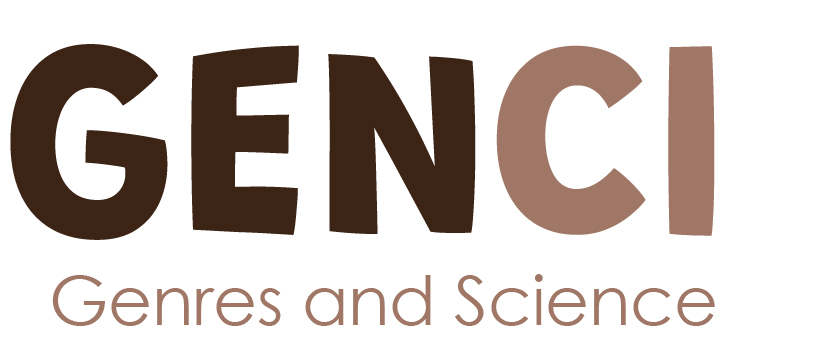Science communication and the new needs for EAP in the digital age: Producing science crowdfunding videos as multimodal literacy practice. Vivas- Peraza, A.C.
Abstract
At a time of rapidly changing technologies and explosion of the Open Science movement, online science communication is becoming a major skill for scientists. The Internet and the Web 2.0 allow them the production of digital genres to disseminate their research worldwide and enable the participation of society in scientific issues (Luzón & Pérez-Llantada, 2019, 2022). Regarding EAP pedagogy, these digital genres have given rise to new needs for learners, such as the composition of multimodal forms of communication. A digital multimodal genre that is gaining prominence online is the science crowdfunding video (SCV), consisting in an edited short videoclip in which scientists aim to convince the Internet audience to donate money for a scientific experiment. Communication through science videos requires attending to different meaning-making resources that go beyond spoken or written language, including visual images, sound, body language, or filmic effects (Luzón, 2019; Valeiras & Bernad, 2022). This leads to a change in the traditional notion of academic literacy, which in addition to mastering reading and writing about academic subjects, now involves the production of multimodal texts (Kress, 2003; Mills & Unsworth, 2017, Hafner & Pun, 2020), such as the SCV. This paper provides a case study of three SCVs from the crowdfunding website Experiment.com. Following a multimodal-genre approach (Bateman, 2014), these videos were analysed to observe the modal affordances that the medium offers to communicate science. In addition, the author scientists who made the videos were interviewed to validate the findings. The results show the potential of science crowdfunding to not only finance scientific research, but most importantly, to practice science communication and develop multimodal literacy among scientists. This ongoing research thus seeks to contribute to a better understanding of current needs in EAP and digital science communication, in particular to multimodal literacy development.
